HWR
Historic Places
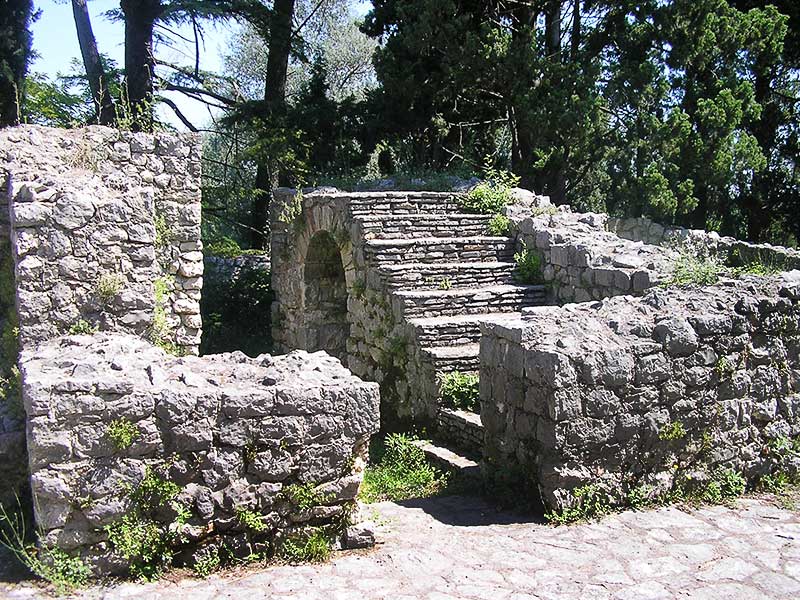
Antique Villa Mogorjelo
Mogorjelo is one of the most important monuments of the Roman era in Bosnia and Herzegovina and belongs to the most beautiful buildings of late antique architecture. Mogorjelo supplied the Roman city of Narona and probably served in the defense of the city and its surrounding, a dense grove of coastal trees (cypress) gives this monument a particularly beautiful frame. The building was excavated between 1889 and 1903, and in the following years it was conserved, being declared as a national monument in 2002.
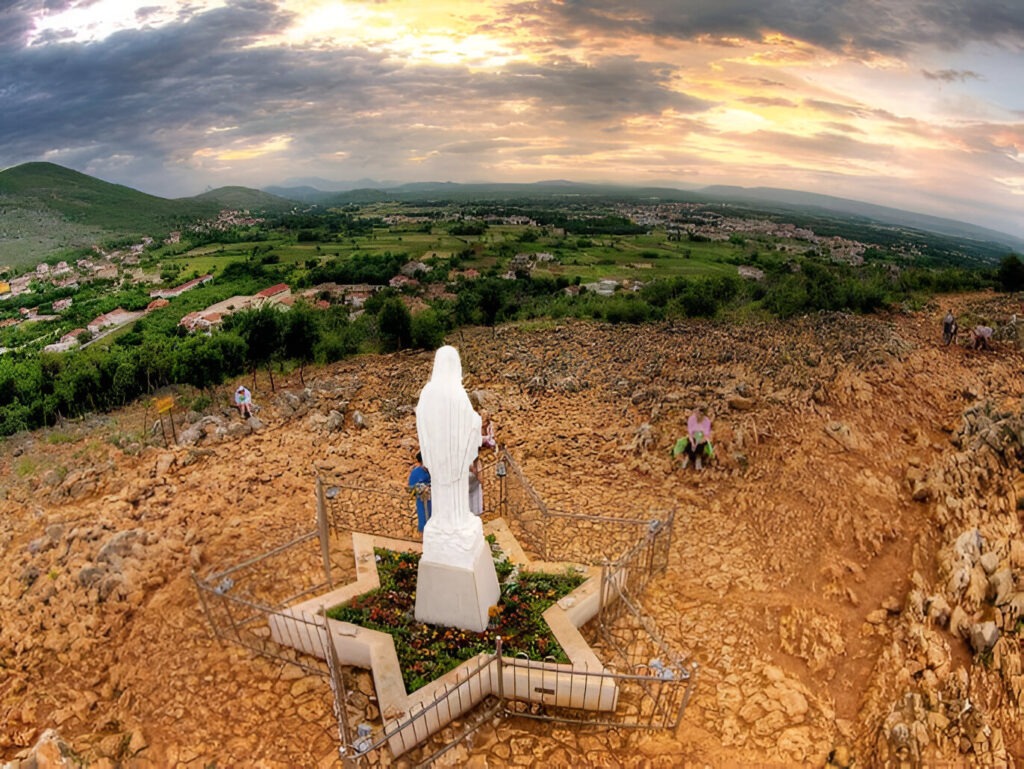
Apparition Hill and the Blue Cross
Apparition Hill and the Blue Cross in Medjugorje hold profound spiritual significance for millions of pilgrims worldwide. Medjugorje is a renowned pilgrimage site where, since June 1981, six young visionaries have reported regular apparitions of the Virgin Mary. Apparition Hill, or Podbrdo, is the site where the first apparition allegedly occurred, drawing countless devotees seeking solace, healing, and spiritual renewal. On the other hand, the Blue Cross, situated at the base of Apparition Hill, has become a place of intense prayer and reflection, where visitors meditate on the sufferings of Christ and present their intentions to the Virgin Mary. Both sites have become symbols of hope and faith, attracting people from various backgrounds to seek divine encounters and experience the transformative power of Medjugorje’s spiritual atmosphere.
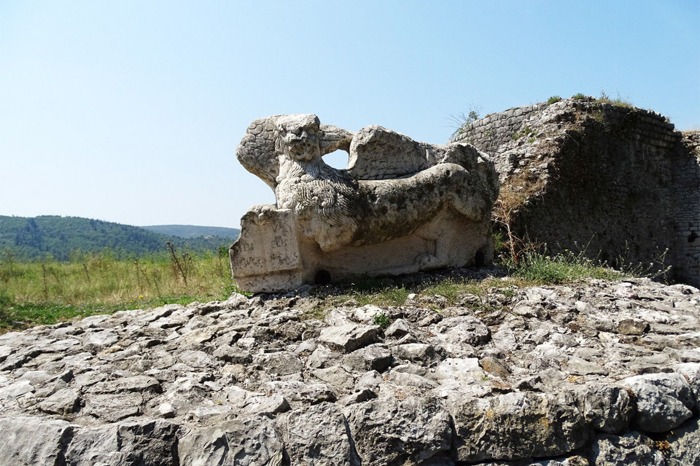
Archaeological site Gabela
Gabela is a national cultural monument of Bosnia and Herzegovina. Due to its strategic location, Gabela was also inhabited in Roman times, from which we have the remains of a brick factory and farm buildings on the outskirts of the town. Of the large number of medieval buildings, the remains of the old fort and a stone plaque with a large winged lion, the symbol of the Republic of Venice, are the most impressive to this day. Gabela was from the 15th to the 18th century a large trading center, but also an important strategic fortress on the Venetian-Turkish border. At one time it was known as the slave square. Various political and economic interests were competing for supremacy over Gabel. The Turks occupied it in 1477, and after several failed attempts in 1694, the Venetians occupied Gabela, then with the Peace of Požarevac in 1718, Gabela belonged to the Turks, and the Venetians demolished all the important buildings. Gabela is again under Turkish administration, but without its former power. During the Austro-Hungarian rule and the construction of the narrow-gauge railway, Gabela was a junction from Sarajevo to Dubrovnik and Metković. The Mexican scientist Roberto Salinas Price developed a hypothesis based on geographical information in the Iliad that the Trojan War was in the valley of the Neretva River, that is, that Gabela was Ilios, the capital of the state of Troy.
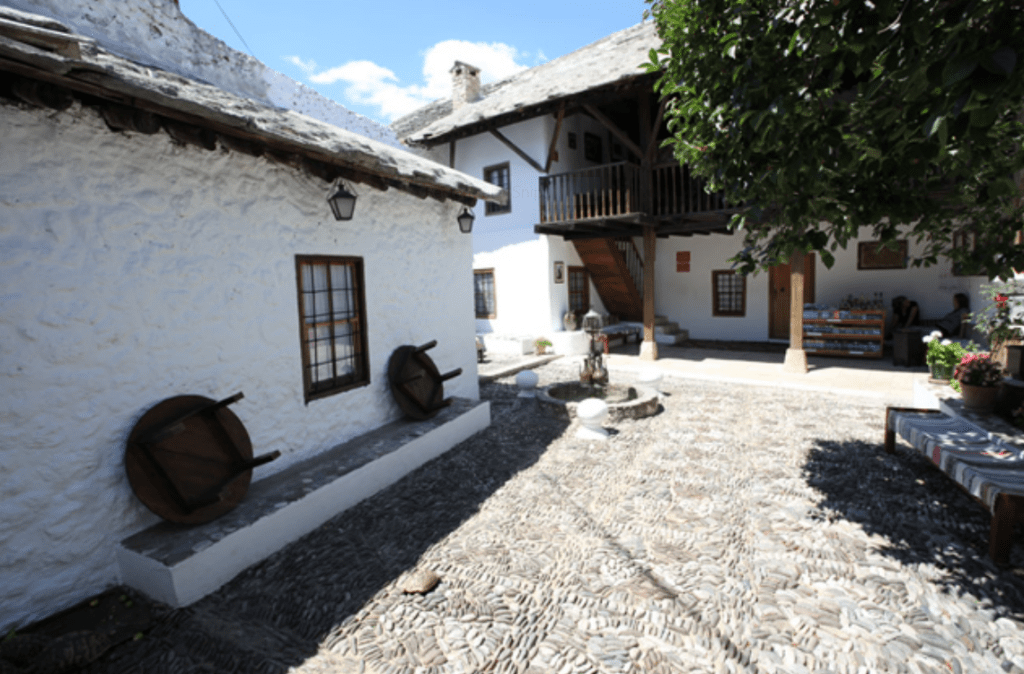
Bišćević House
In order to breathe in the atmosphere of daily life during the Ottoman period, all one needs to do is visit one of the three Turkish dwellings still present in town: these are the houses of the influential Bišćević (1635), Kajtaz (18th century) and Muslibegović (end of 19th century). Intriguing and well-maintained antique dwellings testify in detail to the residential style and to the real flavour of domestic life in that period. Each house is surrounded by high walls to protect the intimacy of Muslim family life. The delightful internal courtyards have characteristic decorations on the floors, romantic fountains, exotic plants, flowers and fruit trees. Comfort reigns supreme in these interiors, with objects of daily use, precious carpets and small libraries with rare texts. To visit a Turkish residence is a way to come into touch with a reality often only imagined and then to take it away with you, once you have returned home.
Opening times: every day from 8:00 am to 8:00 pm
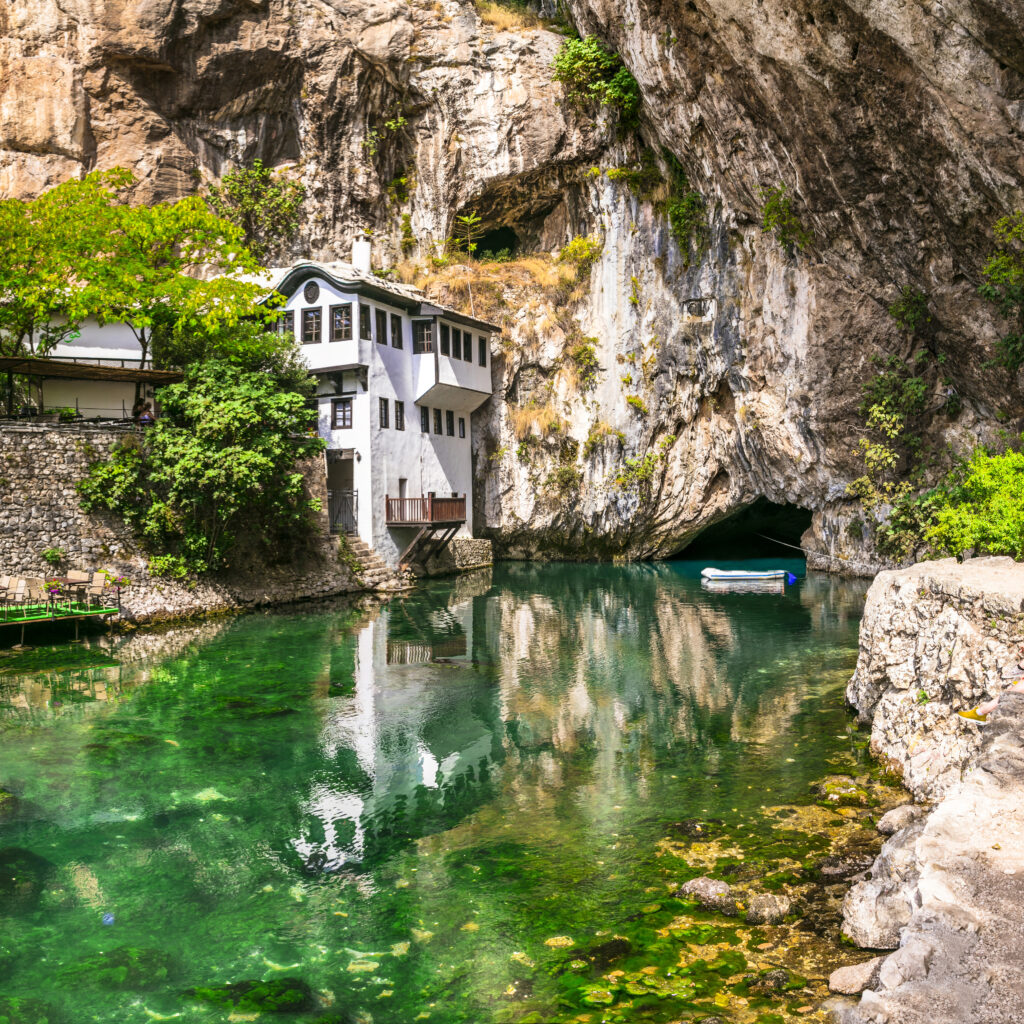
Blagaj Tekke – Dervish House
Just 12 km from Mostar, on the river Buna, lies the enchanting town of Blagaj, a medieval city from which today’s Herzegovina emerged. The ruins of the old city or Herceg Stjepan’s Tower offer a breathtaking panorama of the Neretva valley. Nearby attractions include the Velagić House, Sulejman’s Mosque, Karađozbeg’s Bridge, and the Tekija—a 16th-century house of prayer and meditation. Blagaj, with its picturesque scenery and the spectacular Buna River spring, is a treasure not to be missed.
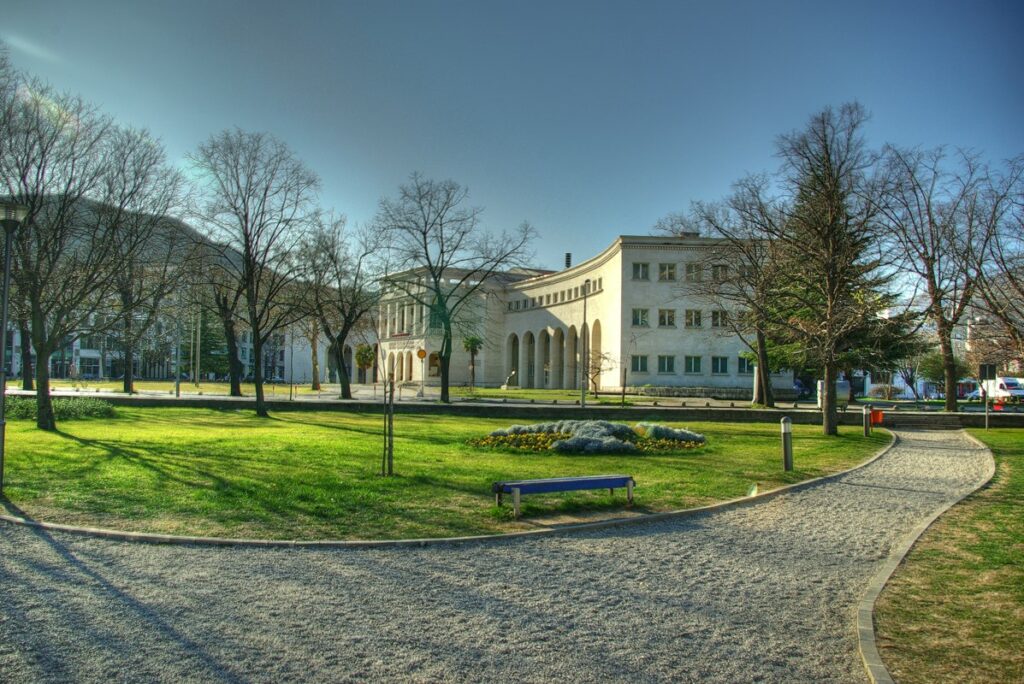
Cultural Center Herceg Stjepan Kosača
The Centre organizes exhibitions and various cultural events, amongst which is the well-known Dani Matice Hrvatske, with a rich programme of diverse cultural events which, between March and May every year, enlivens the city of Mostar and of many others in Bosnia Herzegovina (Sarajevo, Banja Luka,Bugojnu, Prozor/Rama, Šćit, Međugorje, Konjic, Čapljina, Stolac, Rotim lja, Buna). The programme, managed and organized by the Croatian Community, offers events for all tastes: classical, pop and modern music concerts, theatre, puppet shows, exhibitions, cinema reviews, poetry readings, book and CD music presentations.

Antique Villa Mogorjelo
Mogorjelo is one of the most important monuments of the Roman era in Bosnia and Herzegovina and belongs to the most beautiful buildings of late antique architecture. Mogorjelo supplied the Roman city of Narona and probably served in the defense of the city and its surrounding, a dense grove of coastal trees (cypress) gives this monument a particularly beautiful frame. The building was excavated between 1889 and 1903, and in the following years it was conserved, being declared as a national monument in 2002.

Apparition Hill and the Blue Cross
Apparition Hill and the Blue Cross in Medjugorje hold profound spiritual significance for millions of pilgrims worldwide. Medjugorje is a renowned pilgrimage site where, since June 1981, six young visionaries have reported regular apparitions of the Virgin Mary. Apparition Hill, or Podbrdo, is the site where the first apparition allegedly occurred, drawing countless devotees seeking solace, healing, and spiritual renewal. On the other hand, the Blue Cross, situated at the base of Apparition Hill, has become a place of intense prayer and reflection, where visitors meditate on the sufferings of Christ and present their intentions to the Virgin Mary. Both sites have become symbols of hope and faith, attracting people from various backgrounds to seek divine encounters and experience the transformative power of Medjugorje’s spiritual atmosphere.

Antique Villa Mogorjelo
Mogorjelo is one of the most important monuments of the Roman era in Bosnia and Herzegovina and belongs to the most beautiful buildings of late antique architecture. Mogorjelo supplied the Roman city of Narona and probably served in the defense of the city and its surrounding, a dense grove of coastal trees (cypress) gives this monument a particularly beautiful frame. The building was excavated between 1889 and 1903, and in the following years it was conserved, being declared as a national monument in 2002.

Apparition Hill and the Blue Cross
Apparition Hill and the Blue Cross in Medjugorje hold profound spiritual significance for millions of pilgrims worldwide. Medjugorje is a renowned pilgrimage site where, since June 1981, six young visionaries have reported regular apparitions of the Virgin Mary. Apparition Hill, or Podbrdo, is the site where the first apparition allegedly occurred, drawing countless devotees seeking solace, healing, and spiritual renewal. On the other hand, the Blue Cross, situated at the base of Apparition Hill, has become a place of intense prayer and reflection, where visitors meditate on the sufferings of Christ and present their intentions to the Virgin Mary. Both sites have become symbols of hope and faith, attracting people from various backgrounds to seek divine encounters and experience the transformative power of Medjugorje’s spiritual atmosphere.

Archaeological site Gabela
Gabela is a national cultural monument of Bosnia and Herzegovina. Due to its strategic location, Gabela was also inhabited in Roman times, from which we have the remains of a brick factory and farm buildings on the outskirts of the town. Of the large number of medieval buildings, the remains of the old fort and a stone plaque with a large winged lion, the symbol of the Republic of Venice, are the most impressive to this day. Gabela was from the 15th to the 18th century a large trading center, but also an important strategic fortress on the Venetian-Turkish border. At one time it was known as the slave square. Various political and economic interests were competing for supremacy over Gabel. The Turks occupied it in 1477, and after several failed attempts in 1694, the Venetians occupied Gabela, then with the Peace of Požarevac in 1718, Gabela belonged to the Turks, and the Venetians demolished all the important buildings. Gabela is again under Turkish administration, but without its former power. During the Austro-Hungarian rule and the construction of the narrow-gauge railway, Gabela was a junction from Sarajevo to Dubrovnik and Metković. The Mexican scientist Roberto Salinas Price developed a hypothesis based on geographical information in the Iliad that the Trojan War was in the valley of the Neretva River, that is, that Gabela was Ilios, the capital of the state of Troy.